While not exhaustive, the most common types of surveillance equipment used by law enforcement agencies are provided below.
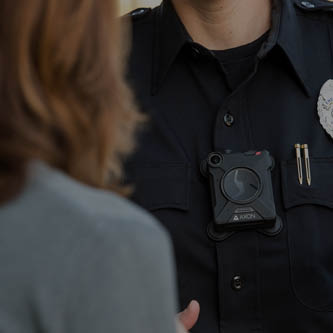
Body Cameras
Body-worn cameras are often assigned to officers of a particular law enforcement agency. Their purpose is to increase transparency with the public while also logging video of police encounters with the public that can be used as potential evidence. Body-worn camera videos are subject to an additional piece of state legislation, AB 748 by Assemblymember Phil Ting (D-San Francisco) passed in 2018. See section 6254(4 a-d) of the California Government Code.
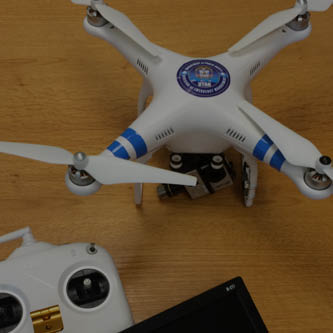
Drones
Law enforcement drones (Unmanned Aerial Vehicles or UAV’s) can have the capability of capturing video. Some advanced versions of drones may also have the technology to intercept phone calls, pinpoint GPS locations, and gather license plate information. Drones can also be weaponized in various ways.
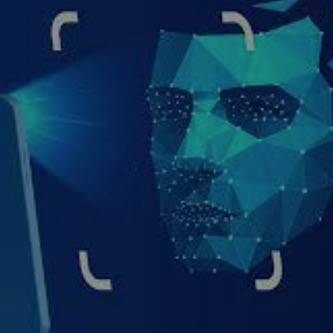
Facial Recognition/Detection
Facial recognition systems are software that is used to identify people either from photos, videos, or in real-time such as during traffic stops or at public events. Facial recognition has different brands, which vary from facial/object detection software which can differentiate between faces and other kinds of objects to full recognition programs which reduce facial features to pixels and attempt to match the pixels to provide a match. Facial recognition software was often used with law enforcement mugshot databases, until Clearview AI weaponized social media to extract – without consent – pictures of most of the world’s faces and then placing them into a database that was sold to law enforcement agencies, allowing the identification of people without previous encounters with the justice system. Due to its authoritarian nature, facial recognition use has been banned or restricted in some cities in the U.S. Closely related to facial recognition are other kinds of biometric identification tools including voice recognition, vein recognition, gait recognition, iris recognition and fingerprinting.

FLIR Thermal Cameras
Thermal cameras provide thermal imaging to pick up heat and motion through walls and other barriers. There are handheld versions or can be mounted onto other equipment such as helicopters.
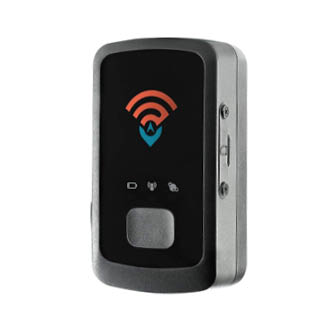
GPS Trackers
GPS trackers are placed by law enforcement on suspect’s vehicles, making it possible to track location data over an extensive period of time. The commercial market has also provided a variety of GPS products including tags that can be placed on items that people carry around, sometimes with and sometimes without their consent.
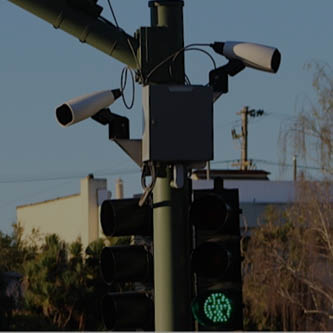
Automated License Plate Readers
Automated license plate readers (ALPR) scan all license plate numbers that come into view of the camera tagging the location, date, and time as well as the license plate number. They can be mounted on street poles, traffic lights, or mounted on police squad cars. ALPRS scans are usually stored in cloud databases operated by the camera manufacturer and are kept for long periods of time. Most law enforcement agencies will let some – sometimes a great many – other law enforcement agencies search their scans in the cloud at will.
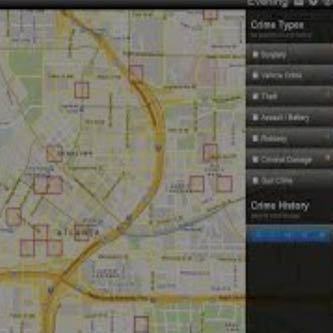
Predictive Policing Crime Forecasting Software
Predictive software “PredPol” or “pre-crime” uses large datasets of criminal justice information to provide recommendations regarding where to deploy law enforcement resources. Because predictive policing uses data sets that reflect historic over-policing of black and brown neighborhoods, the software generally serves to concentrate police resources in those same areas, using the software as justification. The basic premise of predictive policing was featured in the science fiction novel Minority Report, which explored a future society that not only deployed extra cops at pre-crime locations, but pre-arrested the perpetrators. Some versions of predictive policing are only location-based, others use the same formulas to identify individuals as high risks in committing a crime.
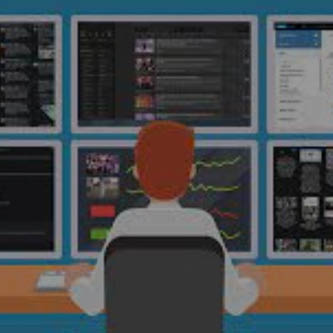
Social Media Monitoring Software
Software used by law enforcement mainly to track individuals or organizations through social media. Social Media Monitoring software (Geofeedia, now defunct or Social Sentinel) uses keywords to identify people using social media for further observation. Among common law enforcement uses are attempting to entrap human traffickers and monitoring protest activities.
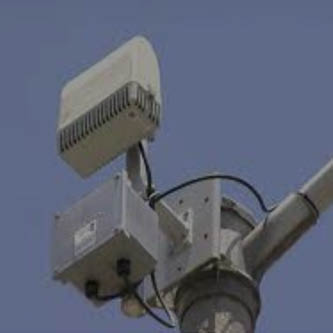
Gunshot Detection Microphones
A system of microphones and sensors used to detect and record, and geo-locate the sound of suspected gun fire and send an alert to law enforcement is called gunshot detection. These systems are mounted on street lights or other elevated surfaces and are usually deployed in low-income neighborhoods with high rates of purported gun violence. The sensors pick up a wide-range of noises including backfiring of cars, firecrackers, and other loud noises.
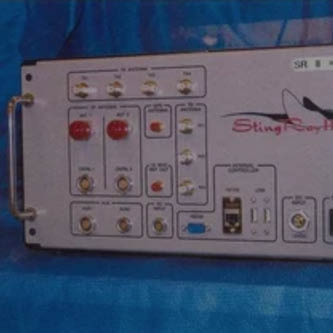
Cell Site Simulators
These box-like devices impersonate legitimate cell-phone towers and trick phones in the area to connect to the cell site simulator device rather than the real cell tower. Once connected, this device can determine your phone’s location and access call metadata. There is generally a high degree of secrecy associated with their use and for the first ten years or so of use, the devices came with NDA’s or legally binding non-disclosure agreements.

Ankle Bracelets or Electronic Monitoring Devices
A form of digital incarceration that can monitor a subject’s location and sometimes, their blood alcohol level. These are mostly used during periods of pretrial release, for immigration detention or during probation or parole. Electronic monitoring is billed as a way to reduce the prison population, but the surveillance devices are intrusive and restrictive. Ankle bracelets fasten around a person’s ankle and can never be removed during the period of supervision, requiring the person being monitored to charge the device regularly and prioritize keeping the device up and running at all times. In addition, smartphone programs like “SmartLink” are being developed to modernize digital incarceration.
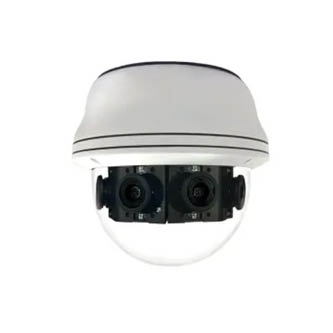
Smart Cameras
Smart Cameras that are embedded with auxiliary features such as microphones and object detection. Smart cameras are slowly replacing CC or closed circuit security cameras and by adding features are becoming more versatile surveillance devices.
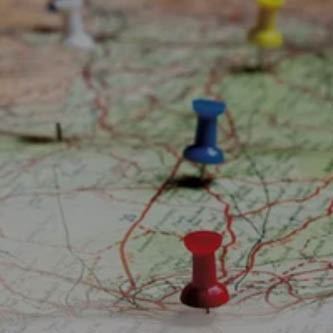
Geo-Location Databases
Private companies that grab and analyze commercially available smartphone location data to provide location data on individuals. This packaged data is then sold to law enforcement agencies enabling them to bypass the requirement of getting a warrant to access this information. Fog Reveal is the latest example.
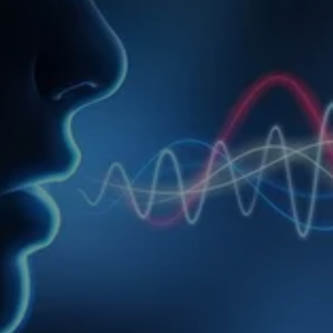
Voice Recognition
Voice recognition is software that seeks to identify individuals by the time, frequency, and intensity of their speech-sound waves on auditory data such as phone calls. Some voice recognition software also claim to have emotion detection capabilities that can detect anger, frustration, hostility, sadness and other emotions.

Tattoo Recognition
Tattoo recognition is software that uses images of a tattoo to identify a person, their associations/affiliations, and possibly their religious and political beliefs.

Iris Recognition
Iris technology is tech that allows law enforcement to take a high-contrast photograph of a person’s iris which can then be used with software to determine the subject’s identity from an existing “eyeball database”. This is in use by Customs and Border Patrol on the U.S. Southern border.
For surveillance equipment such as those mentioned above, there are a variety of records that can be requested which can provide information relating to the use, quantity, cost, deployment and more.
Records that may be available about surveillance equipment include:
- Purchase Orders
- Staff reports and recommendations
- Use Policies
- Usage logs
- Flight records
- Technical manuals
- Memorandums of Understanding “MOU”
- Data Sharing Reports
- Email correspondence
- Grant applications
- Lawsuits
- Citizen complaints received
- Investigatory documents
- Audit documents
